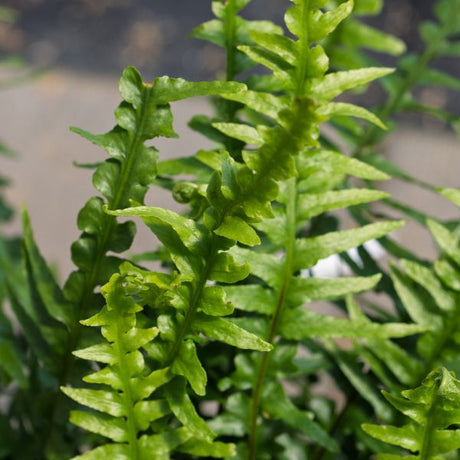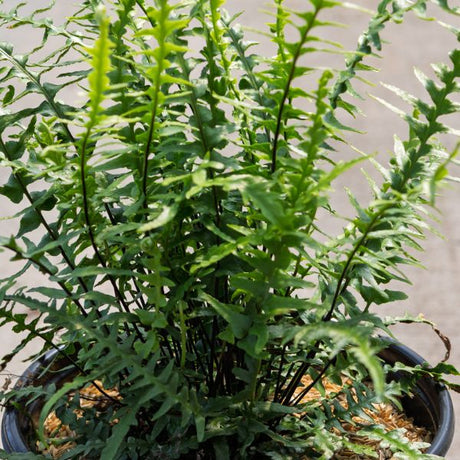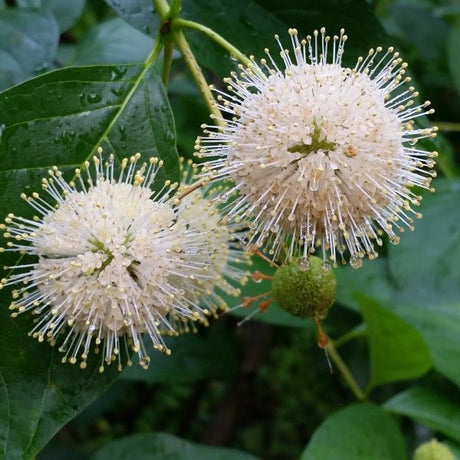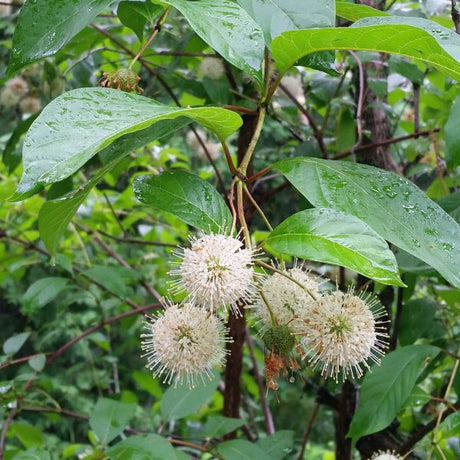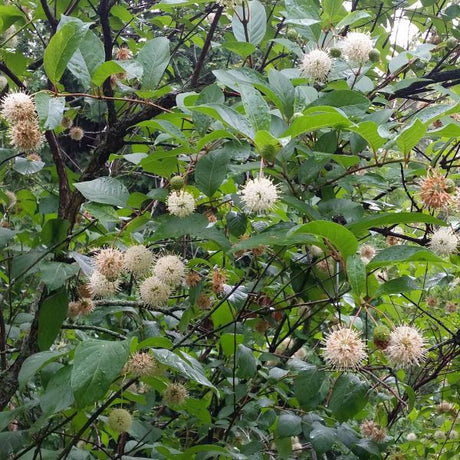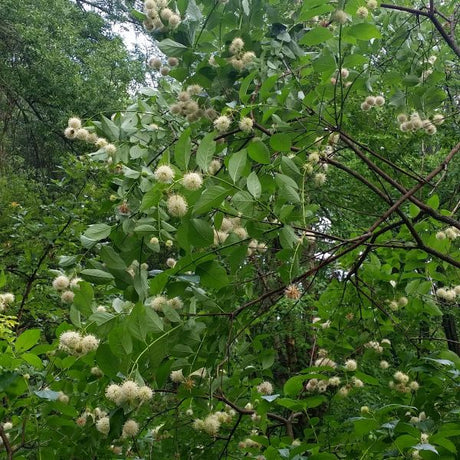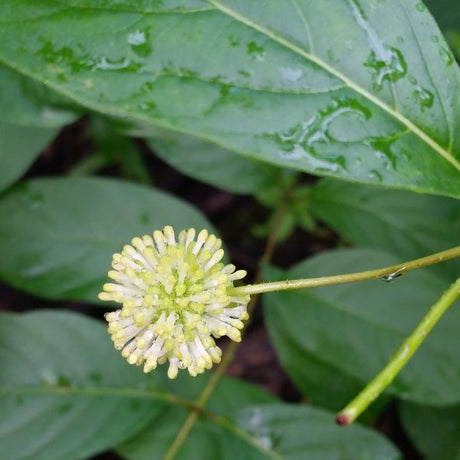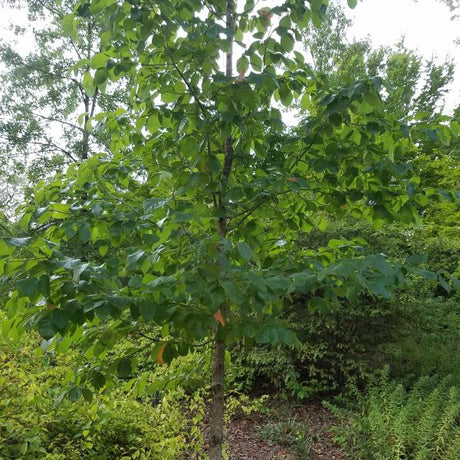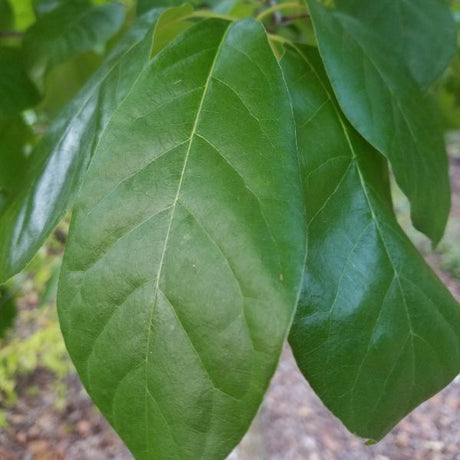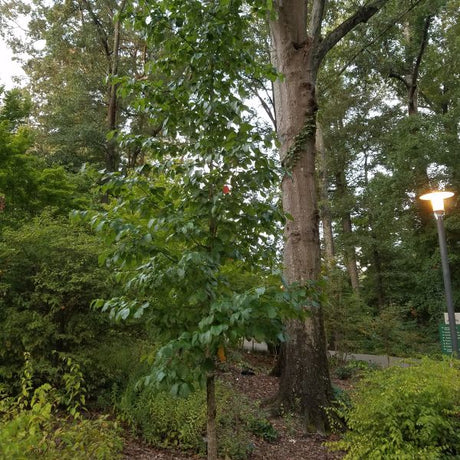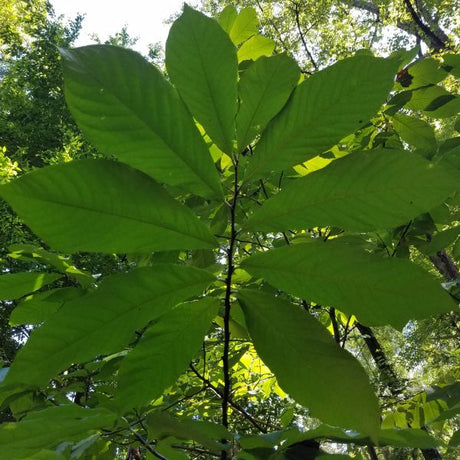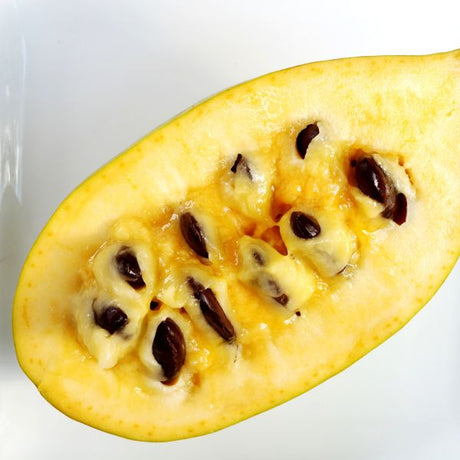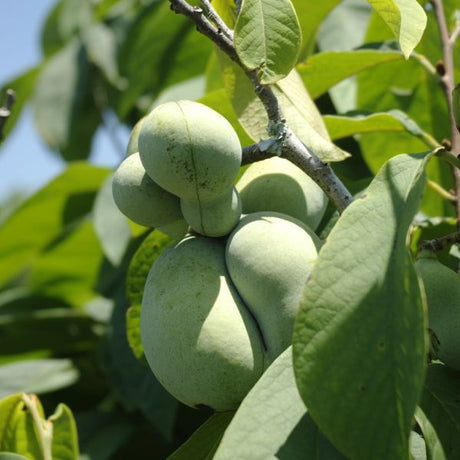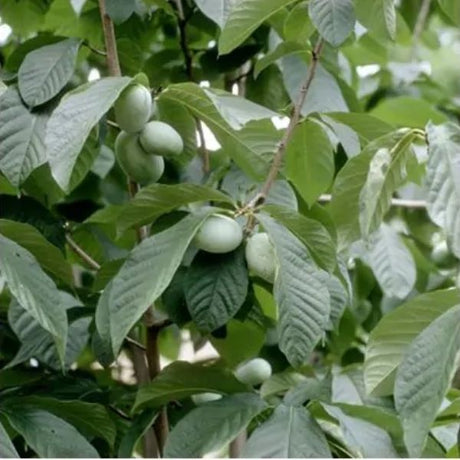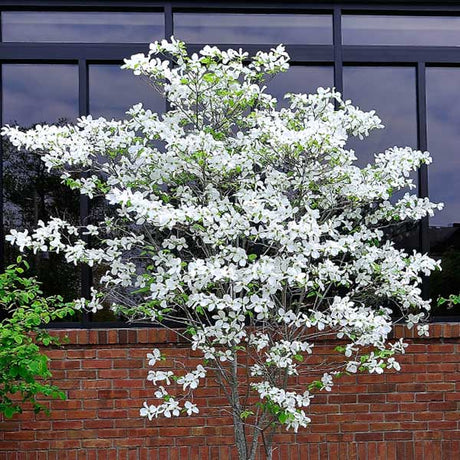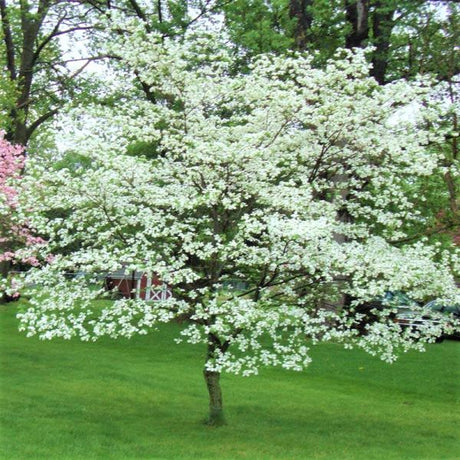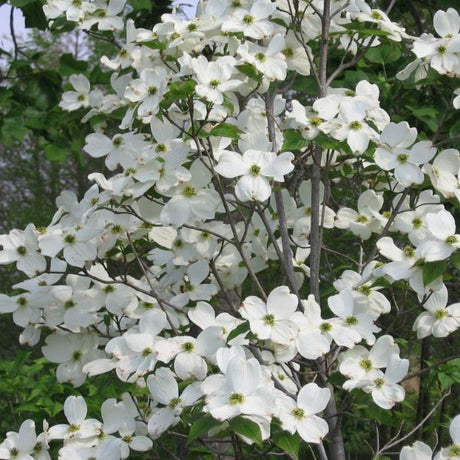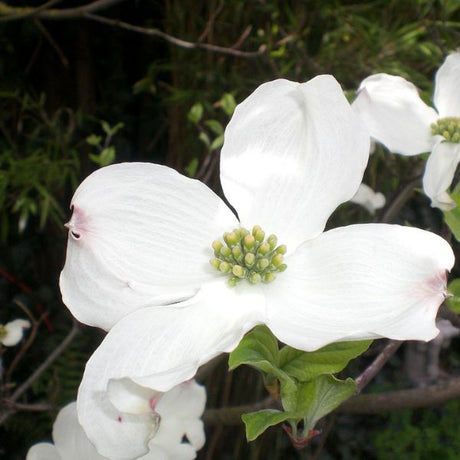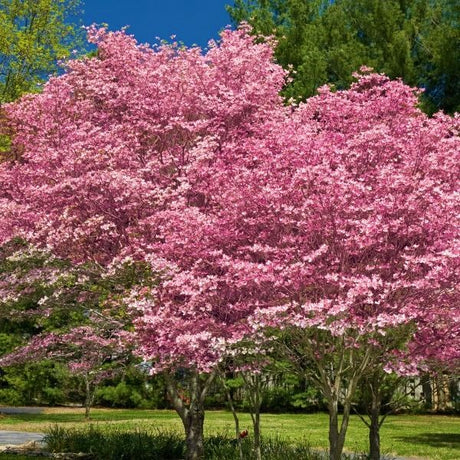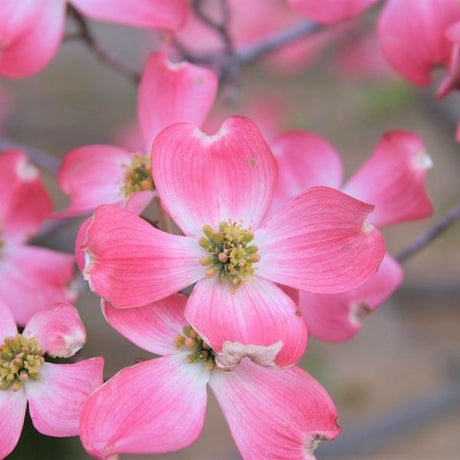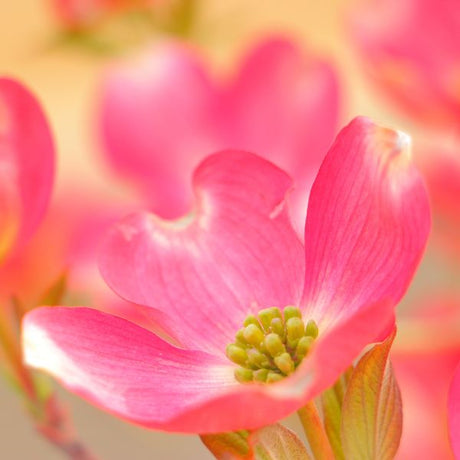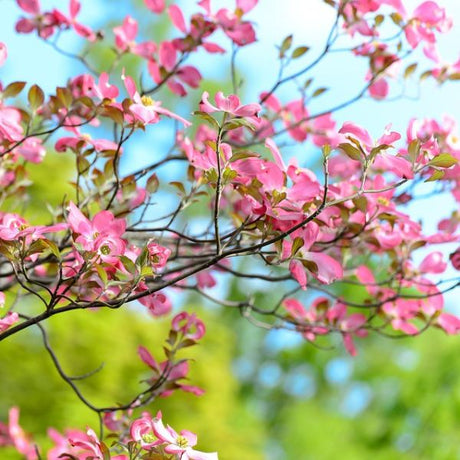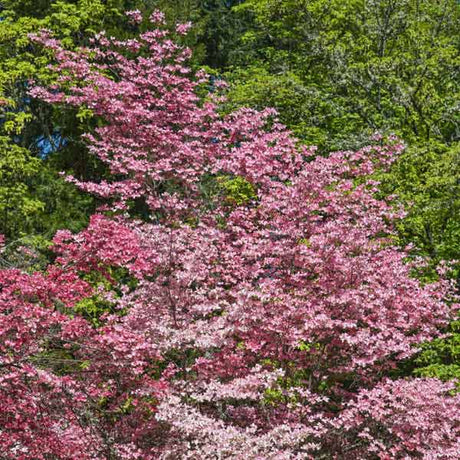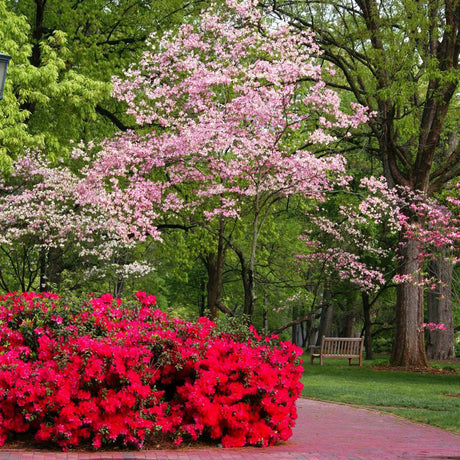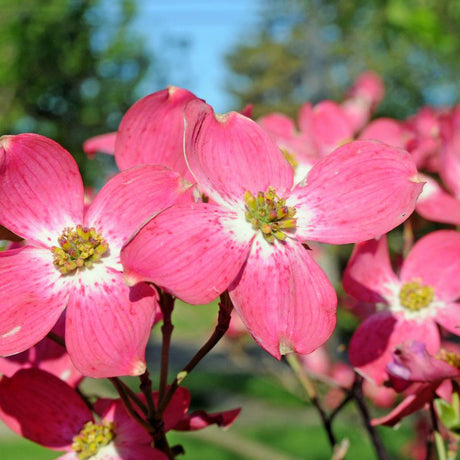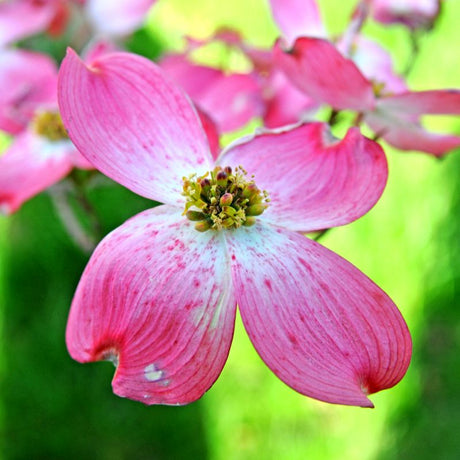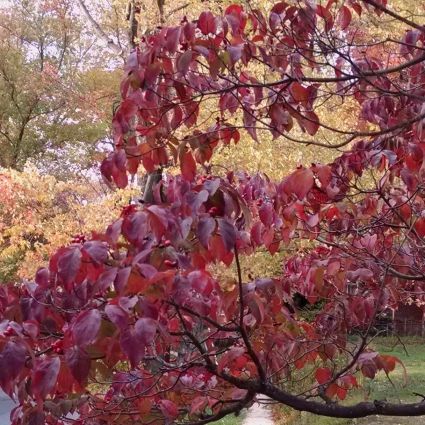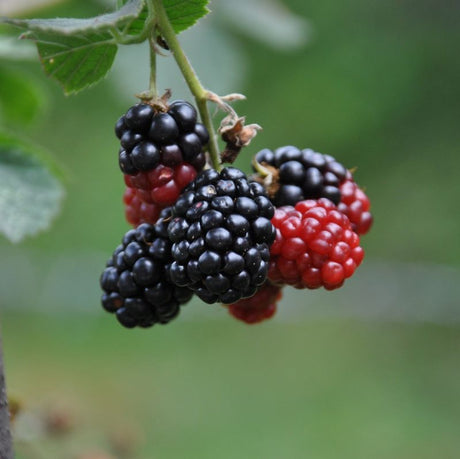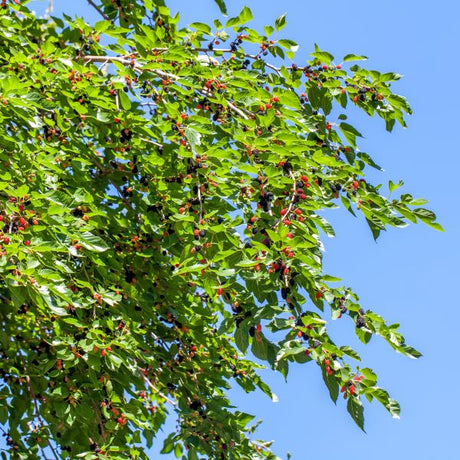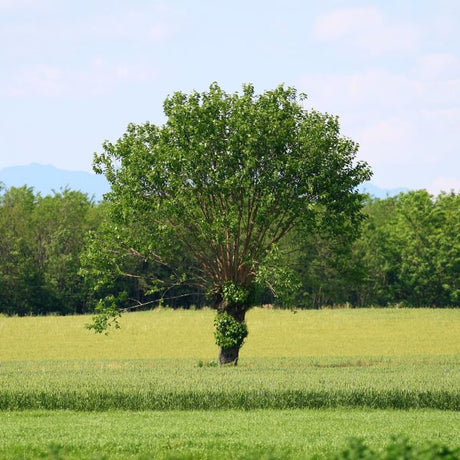- 21% off
- Up to 19% offSale price From $5954 Regular price $7233Unit price /Unavailable
- Up to 21% off
- Sold outUp to 19% off
- Sold outUp to 22% off
- Sold outUp to 23% off
- Sold outUp to 21% off
- Sold outUp to 16% off
FAQS for Buying Vermont Native Plants Online
What are the best native trees to plant in Vermont?
What are the best native trees to plant in Vermont?
Popular native trees for Vermont include Sugar Maple, American Beech, Eastern Hemlock, White Pine, and River Birch, all of which thrive in Vermont’s USDA zones 3 to 5 and support local wildlife and pollinators.
Why should I choose native trees for my Vermont landscape?
Why should I choose native trees for my Vermont landscape?
Native trees are better adapted to Vermont’s climate and soils, require less maintenance once established, support native pollinators, birds, and wildlife, and help preserve the region’s natural biodiversity.
When is the best time to plant native trees in Vermont?
When is the best time to plant native trees in Vermont?
The ideal times to plant native trees in Vermont are during the early spring after the ground thaws, or in the fall before the first hard frost, allowing roots to establish before extreme temperatures.
Which Vermont native trees provide the best fall color?
Which Vermont native trees provide the best fall color?
Sugar Maple, Red Maple, American Beech, and Northern Red Oak are known for their vibrant fall colors, turning stunning shades of red, orange, and gold that define Vermont’s famous autumn landscape.
Can native Vermont trees tolerate heavy snow and cold winters?
Can native Vermont trees tolerate heavy snow and cold winters?
Yes, many native Vermont trees such as Eastern White Pine, Balsam Fir, and American Elm are highly resilient, withstanding heavy snow loads, frigid temperatures, and adapting well to the state's challenging winter conditions.

